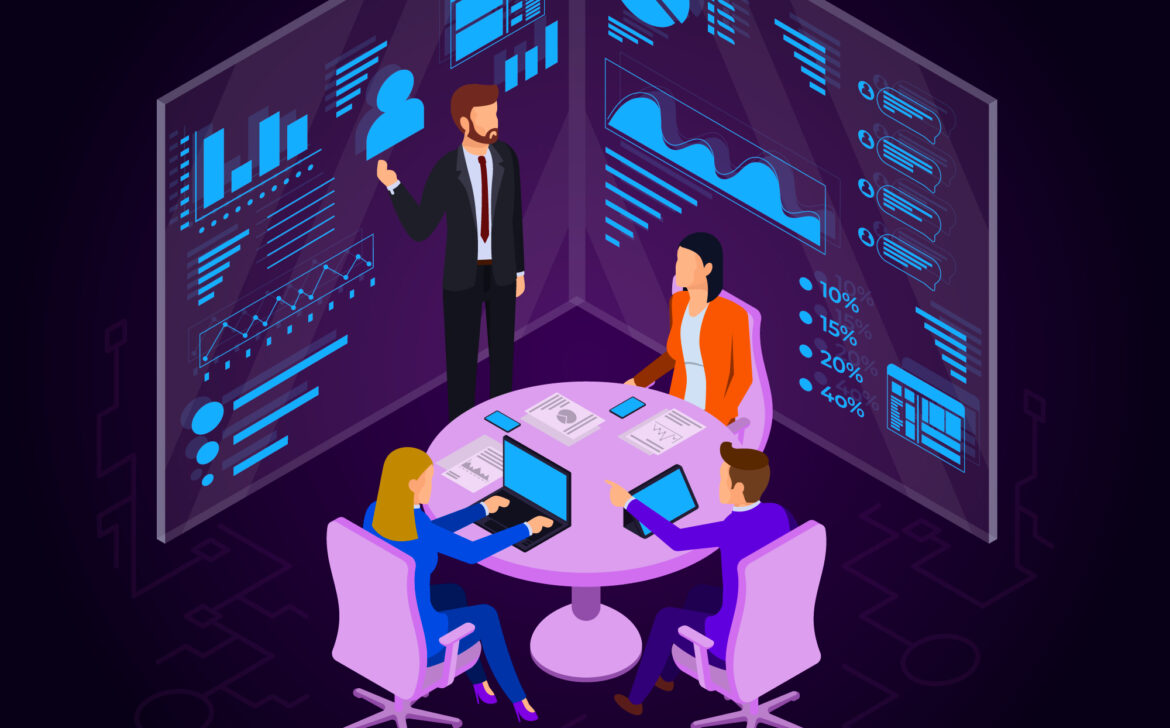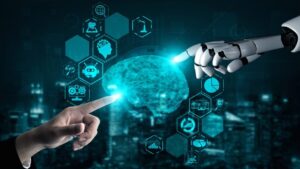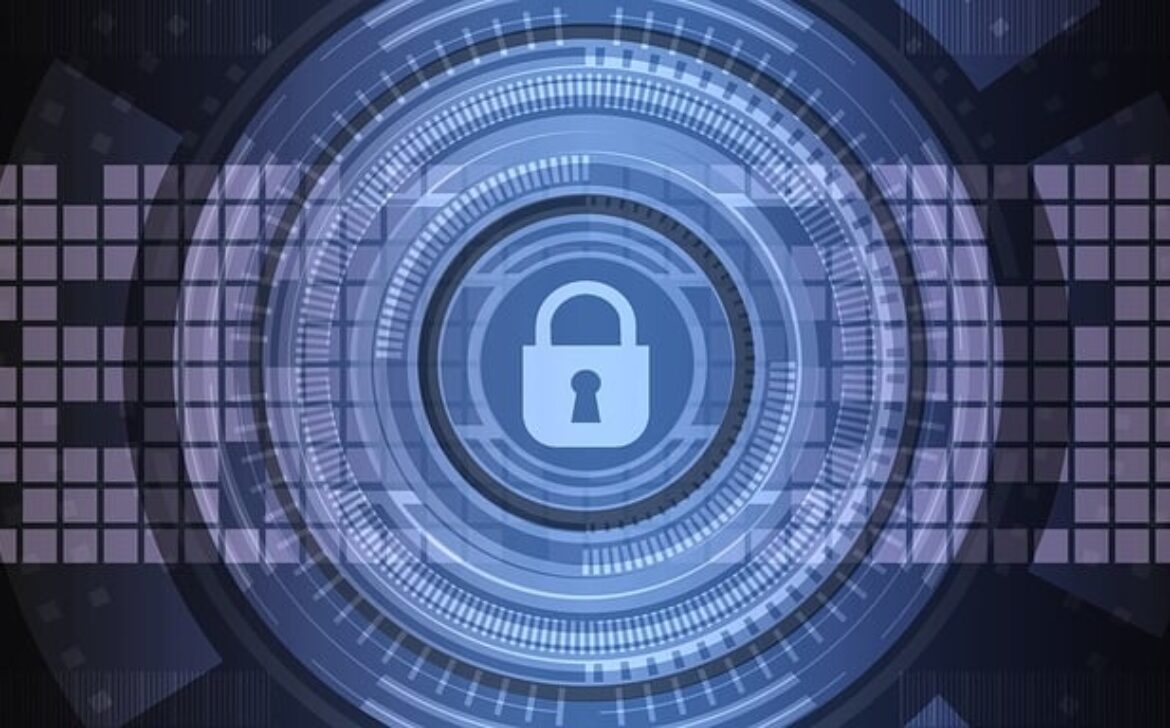Cybersecurity in 2024: Key Trends, Challenges & Solutions
In an increasingly digital world, cybersecurity has become a paramount concern for individuals, businesses, and governments alike. As technology advances, so do the tactics of cybercriminals, making it essential for everyone to stay informed and protected. In this blog, we’ll explore the current trends in cybersecurity, the challenges we face, and the solutions that are being implemented to safeguard our digital lives. Cybersecurity is the practice of protecting systems, networks, and programs from digital attacks. These cyberattacks are typically aimed at accessing, changing, or destroying sensitive information, extorting money from users, or interrupting normal business processes. Effective cybersecurity measures are critical to ensure the confidentiality, integrity, and availability of information. Artificial Intelligence (AI) and Machine Learning (ML) are revolutionizing cybersecurity. These technologies can analyze vast amounts of data to identify patterns and predict potential threats. AI-driven security systems can respond to threats in real-time, making them essential tools in the modern cybersecurity arsenal. The Zero Trust model operates on the principle of “never trust, always verify.” This approach assumes that threats could come from inside or outside the network and requires strict verification for every access request. In 2024, more organizations are adopting Zero Trust to enhance their security posture. As more businesses migrate to the cloud, securing cloud environments becomes crucial. Cloud service providers are continuously improving their security offerings, and companies are increasingly adopting multi-cloud and hybrid cloud strategies to balance performance and security. The Internet of Things (IoT) connects billions of devices, creating a vast network that is often vulnerable to cyberattacks. Securing IoT devices and networks is a significant focus for cybersecurity professionals, as breaches can have severe consequences in areas such as healthcare, transportation, and smart cities. With regulations like the General Data Protection Regulation (GDPR) and the California Consumer Privacy Act (CCPA), data protection is a top priority. Companies are investing in robust data protection measures to comply with these regulations and protect user privacy. Cybercriminals are becoming more sophisticated, using advanced techniques such as ransomware, phishing, and social engineering. Staying ahead of these evolving threats is a constant challenge for cybersecurity professionals. There is a significant shortage of skilled cybersecurity professionals. This talent gap makes it difficult for organizations to build strong cybersecurity teams and adequately protect their digital assets. Modern IT environments are complex, with a mix of on-premises, cloud, and hybrid systems. Managing security across these diverse environments is a challenging task that requires specialized knowledge and tools. Keeping up with the ever-changing landscape of cybersecurity regulations is challenging. Organizations must ensure they comply with various regional and international laws, which can be time-consuming and costly. Despite advanced security technologies, human error remains a leading cause of security breaches. Employees clicking on malicious links or failing to follow security protocols can lead to significant security incidents. Educating employees about cybersecurity best practices is crucial. Regular training sessions can help employees recognize and avoid potential threats, reducing the risk of human error. Investing in advanced threat detection and response solutions, such as Security Information and Event Management (SIEM) systems, can help organizations detect and respond to threats in real-time. Implementing strong access controls, such as multi-factor authentication (MFA) and role-based access control (RBAC), can limit unauthorized access to sensitive information. Conducting regular security audits can help identify vulnerabilities and ensure that security measures are effective. Audits can also help organizations stay compliant with regulatory requirements. For organizations lacking in-house cybersecurity expertise, partnering with MSSPs can provide access to specialized skills and advanced security technologies. Cybersecurity is an ever-evolving field that requires constant vigilance and adaptation. By staying informed about the latest trends, understanding the challenges, and implementing robust security measures, individuals and organizations can protect themselves against the growing threat of cyberattacks. In 2024, the focus on AI, Zero Trust, cloud security, IoT security, and data protection will shape the future of cybersecurity, making it an exciting and critical area to watch. Outbound Links: Internal Links:Understanding Cybersecurity in 2024: Trends, Challenges, and Solutions
Introduction
The Importance of Cybersecurity
Trends in Cybersecurity for 2024
Rise of AI and Machine Learning in Cybersecurity
Increased Focus on Zero Trust Architecture
Growth of Cloud Security
Cybersecurity in the IoT Era
Privacy and Data Protection
Challenges in Cybersecurity
Sophisticated Cyber Threats
Shortage of Cybersecurity Talent
Complex IT Environments
Regulatory Compliance
Human Error
Solutions for Enhancing Cybersecurity
Comprehensive Security Training
Advanced Threat Detection and Response
Robust Access Controls
Regular Security Audits
Partnership with Managed Security Service Providers (MSSPs)
Conclusion
Enhancements






